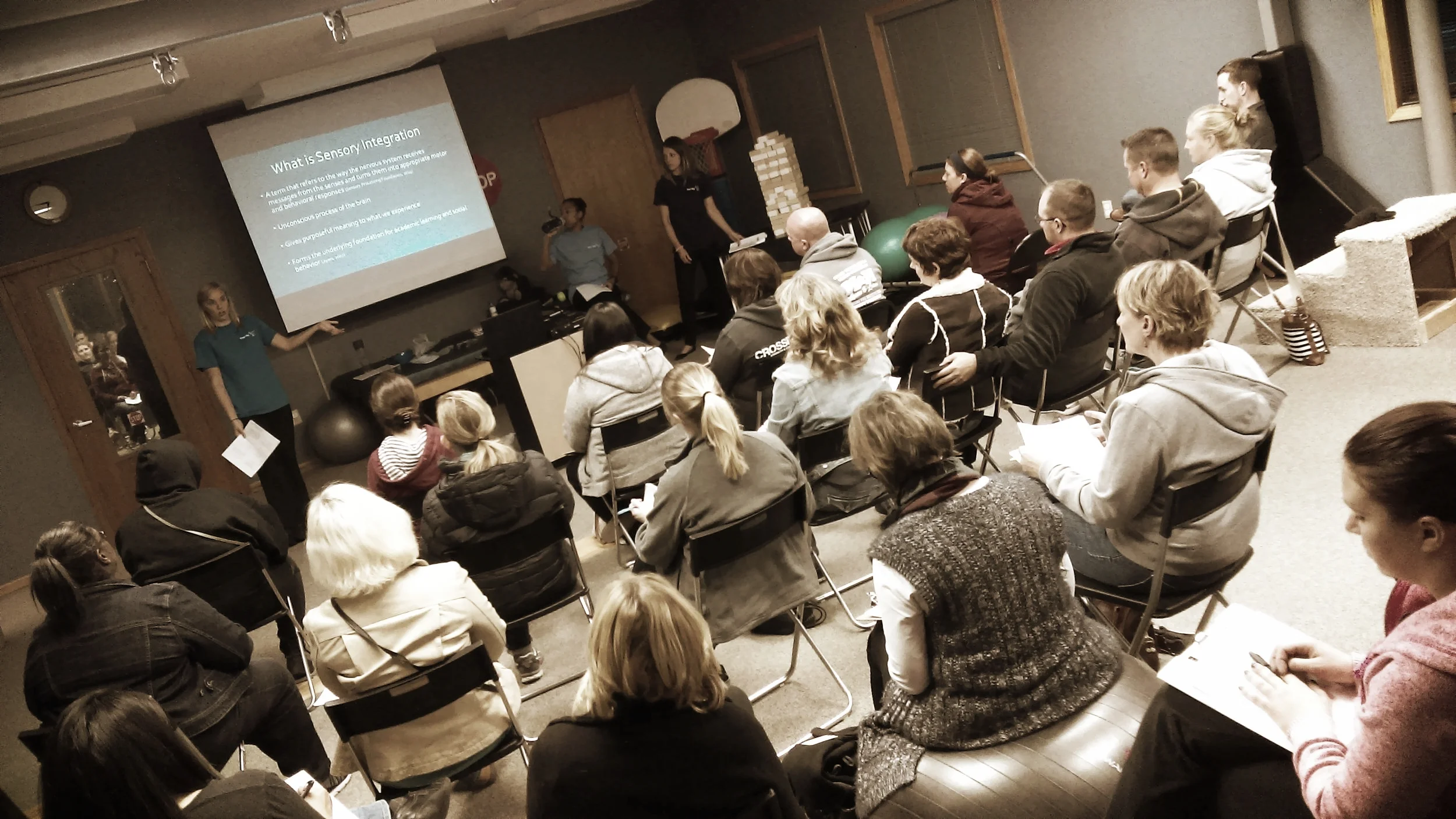Social-Emotional Development
/Social-emotional development includes a group of skills that are established at a very young age. These skills include the ability to create and maintain positive relationships with others and how the child experiences, expresses and manages their emotions. Development of these skills are thought to be building blocks for adaptive life skills, language and cognition and are therefore vital for the participation within different social environments while they are young and continue to grow (Case-Smith, 2013).
There are many factors which may contribute to the delay in social-emotional development. Effects can include the child having a hard time understanding emotional expression and/or nonverbal communication, difficulty in learning social skills, feel uncomfortable in social situations and may have a hard time bonding with the parent or others (Case-Smith, 2013). Below are strategies that may help establish and support social-emotional development:
- Allow the child to take the lead in activities. This promotes increased motivation and carry-over into different environment. It is encouraged to not force the child into activities. This is also a great way to give the child control.
- Provide child with toys that can do different things and are not structured (i.e. Legos, blocks, playdough). This allows the child to test their own skills and explore on their own. It also builds their imagination. A great way to add in social interaction: Invite the neighbor kids over to play with the child!
- Provide sensitive reactions- Count to 5 before you respond to the child- this gives them a little time to process what was said/asked and allows them to respond when they feel ready. If saying “no” is required, follow up with a positive statement (i.e. “No, but thank you for doing a good job waiting.” We understand this may be hard to do all the time, so it may work to pick one designated time to start this process (i.e. dinner time, while at target).
- Allow the child to do whatever they can before stepping in. For example, they may not know how to put on their shoes fully, but they could pull their shoelaces tight or pull up the tongue of their shoe.
- Allow the child to interact with peers, no matter the child’s ability level. A child can always learn from their peers, even if they are at different levels.
If you have questions or concerns about social-emotional development, please contact Therapy OPS at 651-455-0561, www.therapyops.com, info@therapyops.com.
Case-Smith, J. (2013). Systematic review of interventions to promote social-emotional development in young children with or at risk for disability. American Journal of Occupational Therapy, 67, 395-404. http://dx.doi.org/10.5014/ajot.2013.004713

